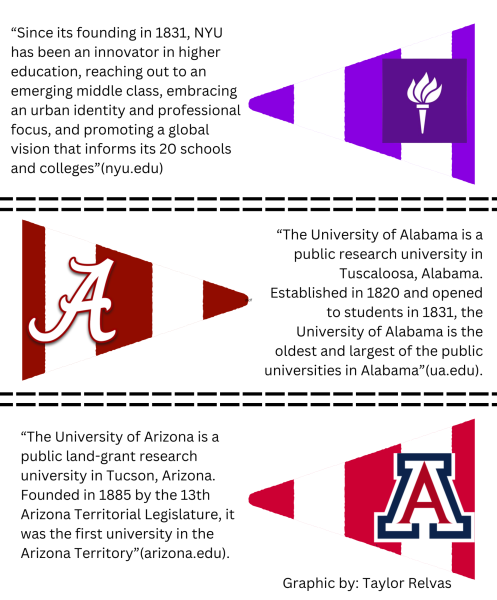Opinion: Maintain the Legal Drinking Age
It took thirteen long years and hundreds of thousands of teenage deaths before Congress came to its senses and instated the Minimum Legal Drinking Age of 21. Prior to this 1984 decision, alcohol held influence in two-thirds of traffic deaths for those aged 16-20. The reinstatement of the current drinking age has aided in reducing that statistic to 37%.
The notion of drinking is commonly placed alongside other important responsibilities earned upon turning 18, such as voting and being able to enlist in the military. However, it is more reasonable to be recognized with the likes of owning a concealed weapons permit or filing to adopt a child, both of which are legal at age 21.
The distinction is drawn at the point where one’s actions begin to affect not just oneself, but to those surrounding. Just as the power to adopt and cultivate a child’s life is age-barred for the protection of the developing human, the age should be maintained not just to control the thirst of emerging adults, but to protect those around intoxicated persons. After all, a traffic accident involves two parties, and placing lives of unsuspecting drivers in an eighteen year old’s hands holds more gravity than simply a bottle.
The influence of decreasing the drinking age limit extends beyond the driver’s wheel. By allowing kids aged in high school to legally purchase and consume alcohol, it extends the danger of enabling younger students to receive substance. Drinking is a social activity: a staple of parties. It is certainly wishful thinking to assume that at any event showered with alcohol, that each attendee would be at the lawful age. By easing the access of beverage for minors, the consumption will simply rise to meet availability. In addition, with the ability for friends to just purchase booze for one another comes the removal of another, more responsible, avenue of receiving drinks: from parents who are accepting of it. The current minimum drinking age succeeds in isolating those able to legally buy alcohol from minors.
The introduction of adolescent drinking is also medically irresponsible. During stages of early adult brain development, there is an increased vulnerability to addiction and other chronic problems.
However, the misgivings of a lower drinking age extend into changing not only the stakeholders of the issue, but the environment they interact in. Many institutions, such as bars and clubs, are gated in age due to the sale of alcohol. While this may be the primary cause of such limits, the atmosphere of these areas are unsafe and unsuitable for teenagers just finishing their last year of high school. The prospect of parents having to worry about children still living under their roof getting intoxicated in environments with people well older is sickening.
The Minimum Legal Drinking Age has been lowered in the past, and was met with ruinous consequences. We should be wary of ignoring the decisions of history; fear the danger of falling into an ignorant repetition of those before.





